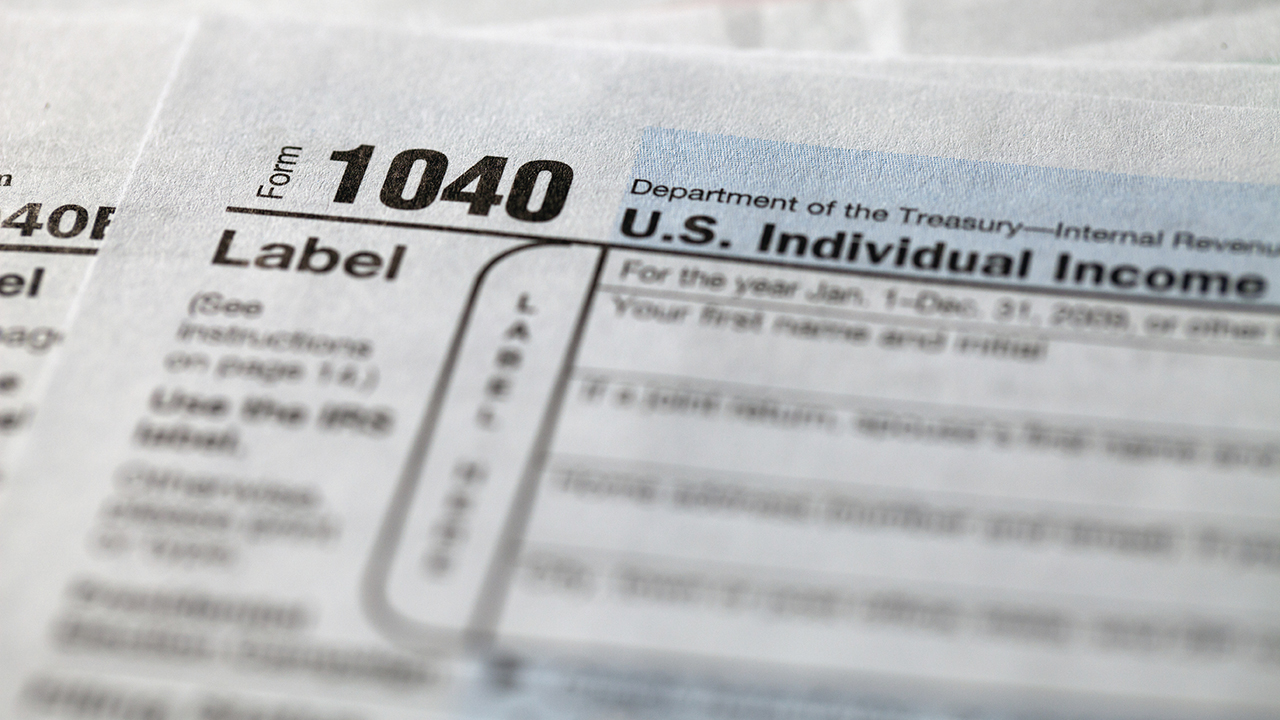Abortion rights, women of color, and LGBTQIA+ people are under attack. Pledge to join us in fighting for gender justice.
Caring Through Crisis: Immigrant Caregivers Speak Out

Note: We are only including the first names of caregivers to protect their personal information and safety. While we were only able to interview early educators for this piece, our fact sheet discusses the experiences of other direct care workers. Additionally, the term “caregivers” in this blog refers to both paid and unpaid individuals.
In the past three months, a relentless wave of executive orders and policies targeting immigrants has swept through the headlines, each more alarming than the last, as if the ground beneath immigrant communities shifts with every news cycle. These attacks ripple into our neighborhoods, classrooms, and care centers, striking at the heart of our caregiving workforce. With long-standing protections stripped away, expanded deportation targets, and threats to birthright citizenship, once-safe spaces have become zones of fear—destabilizing the very caregivers who nurture our children, support our elders and disabled loved ones, and hold our communities together.
Behind every thriving family, every well-cared-for child, and every supported aging adult, there is a caregiver—many of whom are immigrants. They are the quiet force holding our care system together, providing care, love, stability, and education. As Felicitas, an early educator, told us: “Immigrant caregivers play a fundamental role in our societies. Many of them care for the most vulnerable loved ones—children and elderly and disabled people.”
Despite their essential contributions, immigrant caregivers are navigating an immigration system that undermines their dignity, security, and livelihoods.
Consider this: 20 percent of early educators and 26 percent of direct care workers in the United States are immigrant women, working every day to ensure that children receive early education and older adults and disabled individuals get the support they need. The proportion of direct care workers who are immigrants has jumped from 21 percent in 2011 to 27 percent today, and the share of early educators who are immigrants has risen from just 5 percent in the 1980s to 20 percent now. Despite their critical role, systemic barriers make it increasingly difficult for them to remain in the field. They continue to face low wages, exploitative visa programs, and a lack of legal protections—all of which threaten their ability to stay in the workforce and, in turn, jeopardize millions of people’s access to care.
More Than a Job—a Calling:
For many immigrant caregivers, this work is deeply personal. It’s not just a paycheck—it’s a commitment to shaping young minds and ensuring individuals receive the care they deserve. Immigrant caregivers often see themselves as part of something bigger, helping to build a bright future.
Felicitas described this passion to us: “Working in child care has been enriching and rewarding because it goes beyond the professional. For me, it is a commitment to the future, to the formation of human beings, and to the possibility of positively influencing their lives.”
However, this passion for care is often overshadowed by the fear of sudden and disruptive immigration policy change. Many immigrant caregivers live with the anxiety that their lives could be upended by a shift in policy, leaving them feeling vulnerable and unsure of their future. Merline, another educator, shared how the emotional toll of this uncertainty affects caregivers, families, and the children they teach and care for. She described how her students carry the weight of fear into the classroom: “My children do not deserve to go to school afraid of never seeing their family together again…I know that fear, it is stress, that devaluation as a person that they make you feel when you do not have legal status.”
This fear extends beyond the caregivers themselves, affecting the families they care for and the communities that depend on their vital services. Immigrant caregivers live in constant insecurity, knowing that any change in policy could disrupt not only their own lives but also the stability of the care system that so many rely on.
The fear these folks experience is not confined to specific states or regions; it is pervasive, affecting their everyday lives no matter where they live. Sandra, an early childhood educator and advocate, explained how even sanctuary states cannot shield immigrants from the anxiety and risk associated with the current climate: “Right now, fear is everywhere. Even though New Mexico is a sanctuary state, it does not exempt us from feeling fear.”
For many immigrant caregivers, these policies are more than just headlines. They dictate whether they can get medical care, fight for fair wages, or even walk outside without fear.
Strength in the Face of Adversity:
Despite these systemic challenges, immigrant caregivers continue to persevere. Their dedication goes beyond daily responsibilities—they sustain their communities. In the face of fear and adversity, they draw strength from solidarity and collective action.
Alma, an early educator, finds motivation in knowing she is not alone in this fight. She credited community organizations for keeping caregivers informed and empowered: “What keeps me strong and motivated is knowing that we have several organizations fighting back against these immigration orders. They keep us informed, and they keep us in the fight.”
This sense of shared purpose fuels immigrant caregivers’ resilience and unwavering commitment. It reminds us that these caregivers are not just holding up the care system—they are actively building stronger, more resilient communities, even when the odds are stacked against them.
Protect Those Who Care for Us
The stakes are high—not just for caregivers but for families across the country. If caregivers continue to be pushed out of the workforce due to anti-immigration policies, millions of children, older adults, and disabled people will face even greater barriers to receiving the quality care everyone needs. Addressing this crisis isn’t just about fairness—it’s about ensuring a functional, sustainable care infrastructure and overall economy.
Felicitas issued a clear call to action: “It is crucial that policymakers recognize the rights of immigrant caregivers and provide them with adequate labor protections.”
And Alma refused to let years of progress be erased: “We do not want to go backward and be in the shadows again. It is ridiculous that they want to undo all the effort that has been made so that we could live safely and with dignity.”
The truth is that the care workforce is at a breaking point even without the additional weight of anti-immigrant policies. Care workers already face low pay and difficult working conditions that make the job unsustainable. The latest anti-immigrant crackdown will only deepen the existing cracks in our system, leaving families, businesses, and communities to bear the burden. Investing in immigrant caregivers isn’t just the right thing to do—it’s the only way to ensure a stable and sustainable future for our care infrastructure. Policymakers must act to provide fair wages, protections, and a pathway to stability. Anything less is a failure to recognize the cornerstone of our care economy: immigrant care workers. When we protect immigrant caregivers, we protect the families and communities they serve.




